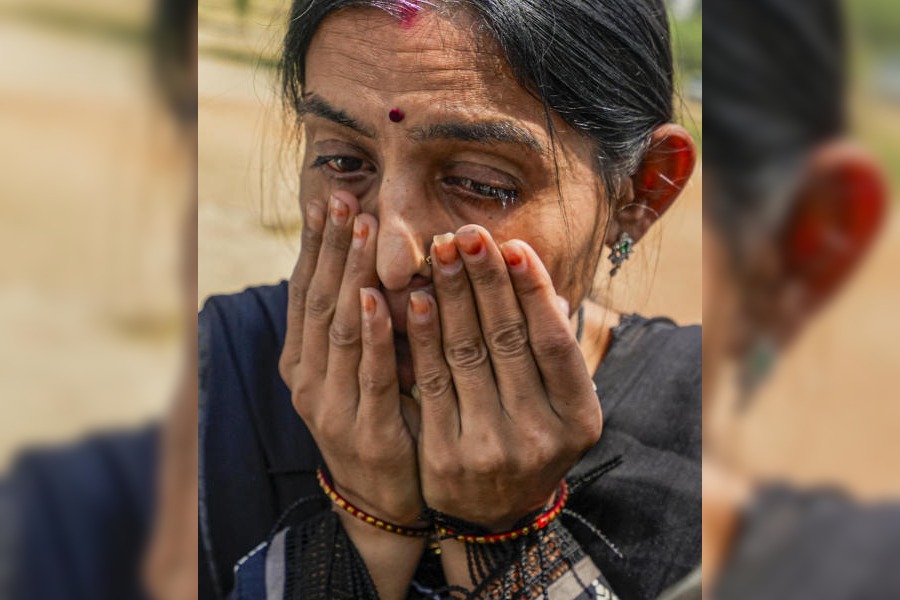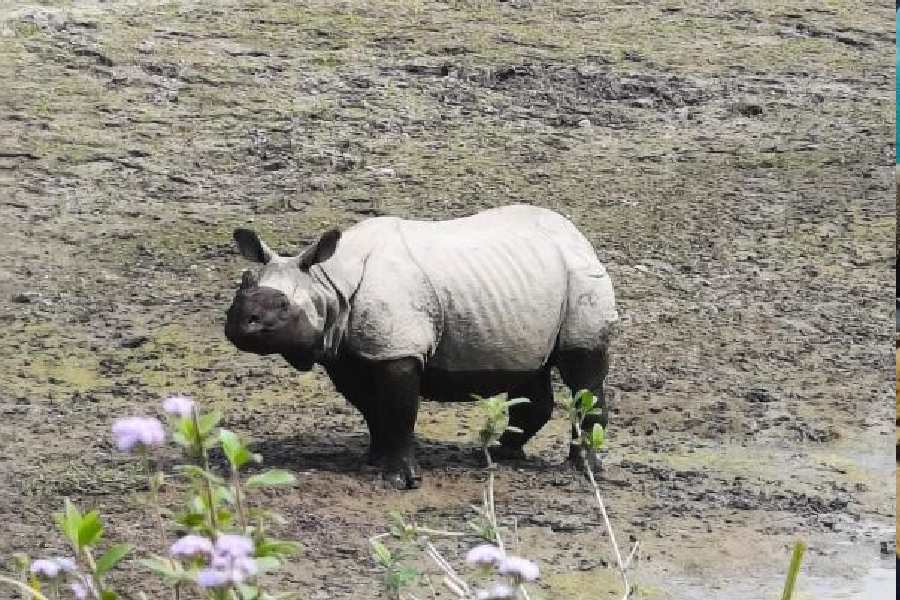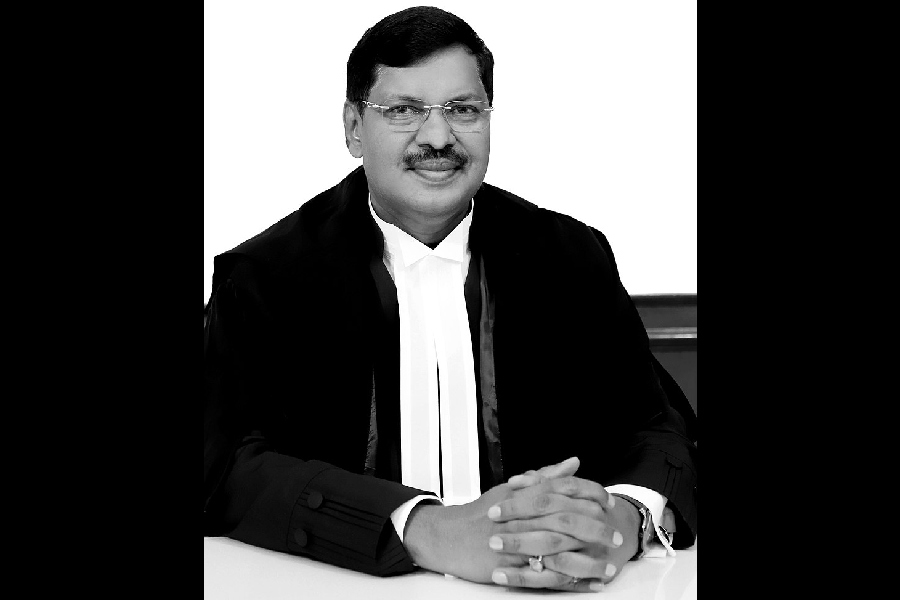
They’re two cities in the same country, just five hours apart by car — yet so different. While erstwhile Saigon, now known as Ho Chi Minh City, or by its initials, HCMC, wears its Western influence with aplomb, Vietnam’s capital, Hanoi, still retains a remarkably communist-era feel to it.
For a country ravaged by war, though, Vietnam has shown great resi-lience in recovering from its horrific past. Glimpses of the past can barely be seen, except in museums. What one experiences in Vietnam is a vibrant population, buzzing cities and miles of verdant fields dotted with conical hats in the countryside.
My journey began in Hanoi which is clearly a capital city. It was capital of French Indochina and then of Communist North Vietnam and remained a capital after reunification of North and South Vietnam in 1976. The city’s divided into two distinct parts — the Old Quarter and French Quarter. Colonial facades, tree-lined avenues, plush shopping arcades, luxurious hotels and boutiques populate the French Quarter while the narrow, labyrinthine lanes (collectively called 36 Streets) enliven the Old Quarter. For a traveller, there can be no bigger delight than frequenting both.

And those looking for the remnants of Vietnam’s communist past aren’t disappointed. Fluttering sickle-and-hammer flags, stern-faced policemen near key sites and blaring loudspea-kers at street corners speak of the regimented life Hanoi citizens once led.
Nowhere is the regimentation more evident than when visiting the Ho Chi Minh Mausoleum. I joined a long queue of reverent locals eager for their rendezvous with “Uncle HO”. Bags were X-rayed, water bottles confiscated and strict instructions issued. Several white-uniformed soldiers kept a stern eye on the crawling queue.
A group of wide-eyed whispering students were hustled along with instructions to “keep quiet.” The snaking queue of visitors shuffled past the mummified body of a youthful-looking Ho. Someone whispered he’d just returned from his annual touch-up in Moscow where Russian leader Vladimir Lenin’s body is maintained by experts at a mausoleum in Red Square. A hushed silence, a few awed gasps and we were hurried out of the hallowed presence of the Father of Vietnam.
.jpg)
Photo: Tanushree Podder
I ran across another group of whispering students near the giant stone tortoises at the Temple of Literature, the first Vietnamese university, which dates back to 1076. It was exam time and the children were patting the
creatures for good luck.
Minutes later, hunger propelled me toward a horde of locals seated on plastic pavement stools. Slurping a bowlful of Pho, a rice-noodle meat broth that was delicious, fresh and inexpensive, I realised why Vietnamese cuisine is riding atop world culinary charts.
.jpg)
Photo: Tanushree Podder
Then I was off to Hoan Kiem Lake, the city’s centrepiece and a popular spot for relaxing, where the proverbial golden dragon was spotted emerging from the water. Then, weaving my way through a crazily speeding tide of mopeds, skirting conical-hatted vendors, street-side diners and colourful cyclos, I made my way towards the Water Puppet Theatre to catch the unique show.
Next morning, driving through miles of green paddy fields, it was not difficult to see why the foreign powers had coveted the country. Lush and lovely, Vietnam is an artist’s dream. Then I arrived in Ho Chi Minh City, where I was greeted by soaring skyscrapers, imposing architecture, bustling avenues and another two-wheeler tide.
.jpg)
Saigon, as it was known during the Vietnam War, is the backdrop for many novels about the conflict on which I had grown up. I knew the American side of the war, but then I discovered the Vietnamese version at the war museum and visited the infamous Cu Chi Tunnels, a labyrinth of underground living quarters and Viet Cong supply routes.
Other than a few grim reminders of those turbulent years, HCMC is a vibrant, bustling and happy place where tourists flock to sample the delectable cuisine and cruise down the Mekong River. Life here’s faster-paced, busier and more cosmopolitan than in Hanoi.
The imposing Reunification Palace, the Saigon Post Office designed by Gustave Eiffel, the French architect who also designed the Eiffel Tower, the lovely Opera House on Lam Son Square, the impressive City Hall and the Notre-Dame Basilica built with red bricks imported from Marseilles are all architectural masterpieces, reminders of the city’s colonial past.
.jpg)
Photo: Tanushree Podder
Hanging around the Saigon River, it’s impossible to escape the city’s youthful energy. Throbbing music sets feet tapping at every square which come alive in the evenings. HCMC has come a long way since the war ended, although it’s still possible to revisit those times. All one has to do is to step into the Continental Hotel where Graham Greene holed up to work on his book The Quiet American, or enter the Caravelle Hotel, the war correspondents’ watering-hole.
Competitive, brash, young, vibrant, irreverent — that’s what describes Ho Chi Minh City. Traditional, restrained — that’s Hanoi. That said, it’s difficult not to be charmed by both cities or come back untouched.
READY RECKONER
♦ How to get there: From Calcutta, both Ho Chi Minh City and Hanoi are one-stop flights away on Thai Airways.
♦ Where to stay: There are hundreds of affordable options. In Hanoi, staying in the Old Quarter is cheaper than in the French Quarter. In Ho Chi Minh City, try the five-star Hotel Continental or the three-star Sunland Hotel.
♦ What to do: Go on a cruise on the Mekong River, visit Halong Bay and the Cu Chi Tunnels. Savour the street food and Vietnamese coffee.











